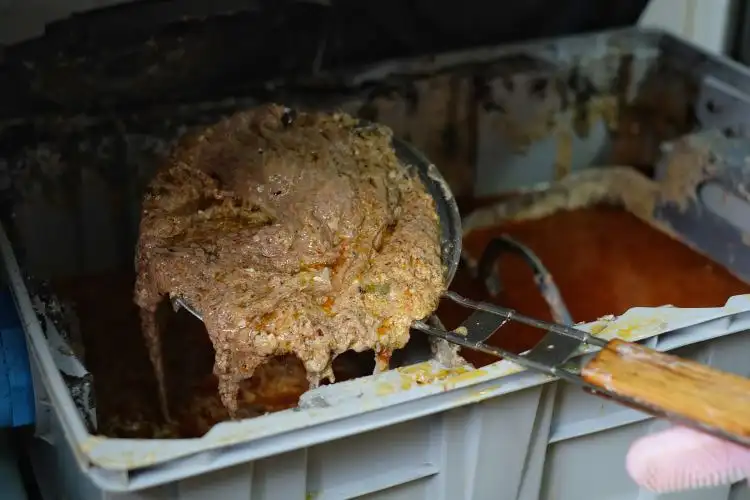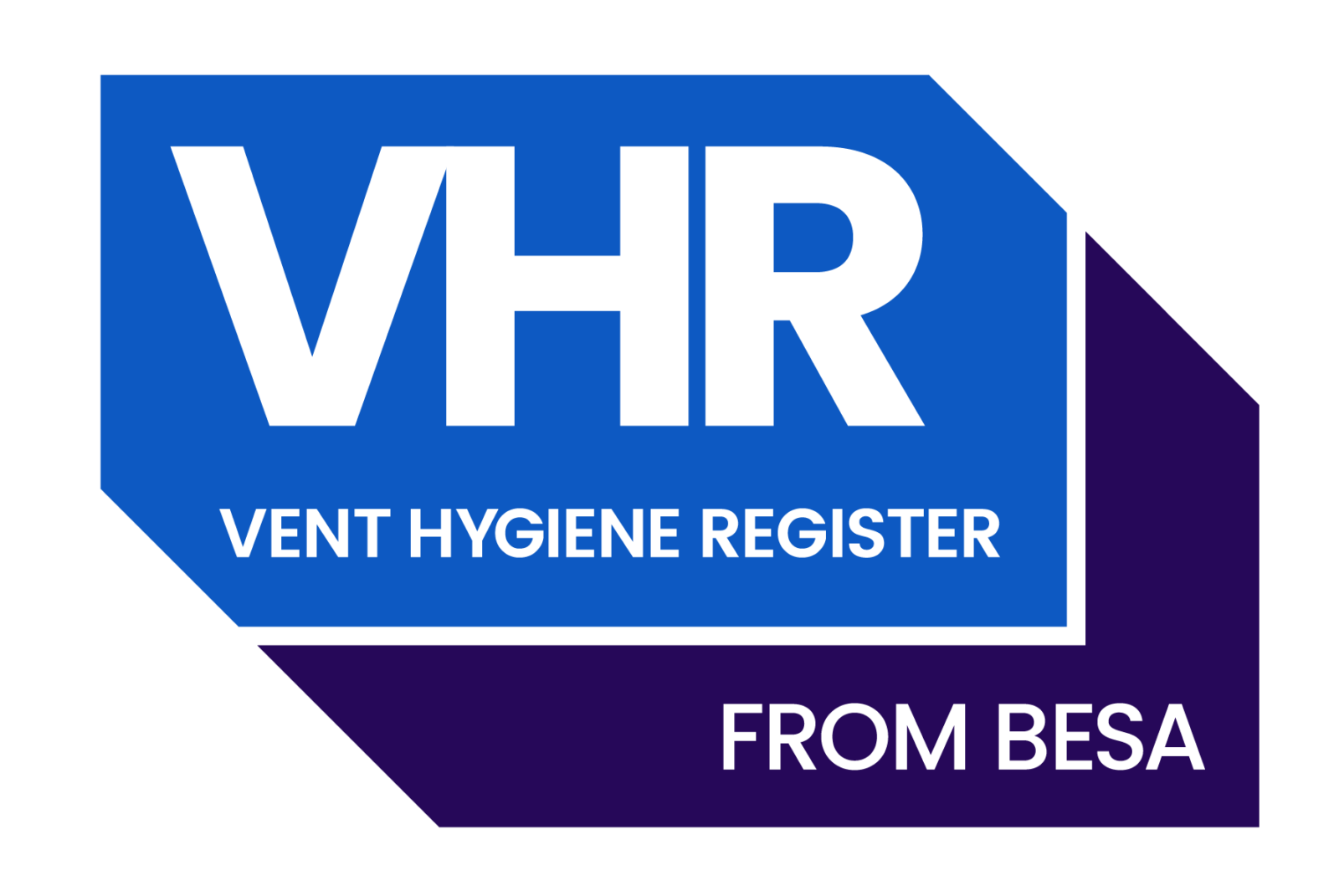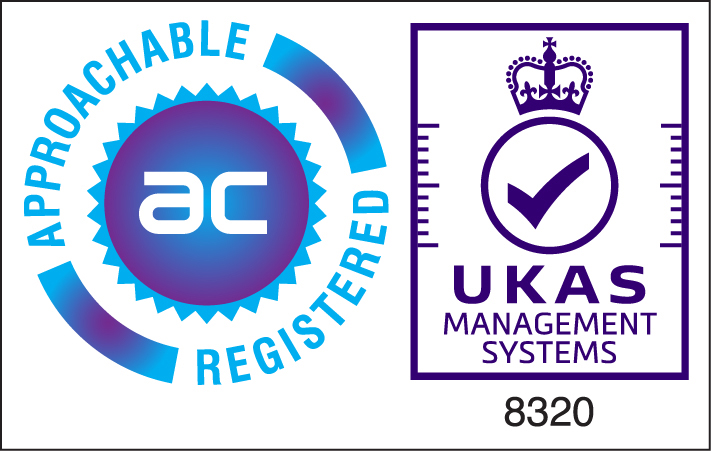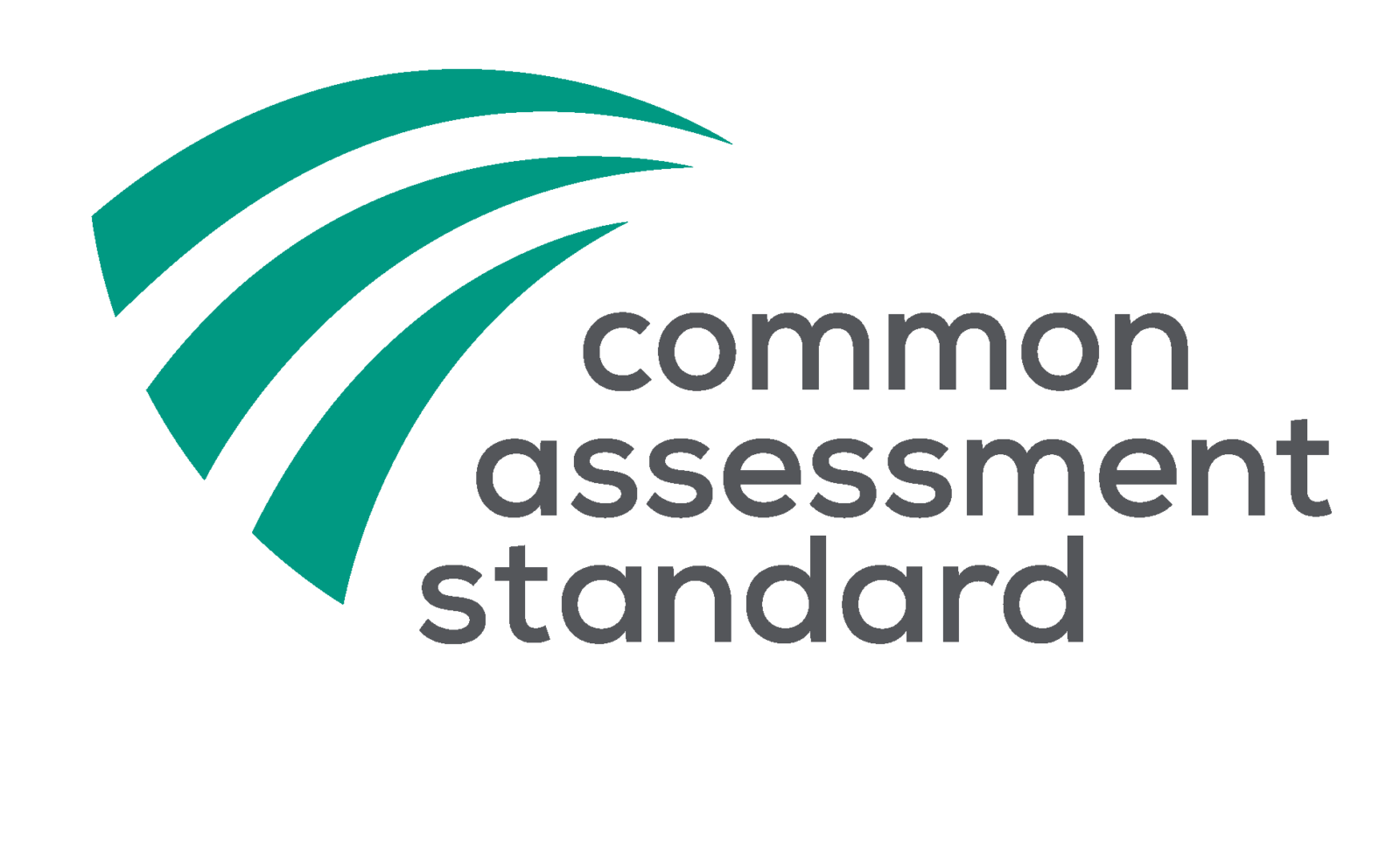Nowadays it cannot go down the drain by Law, and we have all heard of fatbergs? Well for commercial kitchens, what is installed nowadays is something called a grease trap. These devices capture grease and other solid waste before it gets to your drain using an interception mechanism so that the debris is side lined into a collection receptacle and can then be removed and disposed of environmentally in a legal and traceable route before it has a chance to clog up your drains or the local sewer.
We will explain here how a grease trap works, the regulations governing its correct use and offer tips on proper maintenance.
What is a grease trap?
A grease trap is a device installed in a drainage system to intercept and collect grease and oil from the cooking processes before they reach the sewage treatment plant or septic tank. Doing so helps reduce the amount of fat, oil, and grease (FOG) that enters the sewage system which will create problems downstream such as blocked drains and in an extreme case can kill the bioflora in a sewage works.
According to reports, FOG is the leading cause of sewer blockages in the UK, accounting for around 70% of all incidents. This is a massive problem for water authorities and urban councils, as it can cause sewage to back up into homes and businesses, leading to costly repairs and a major health hazard.
A bad grease outpouring untreated can literally kill a sewage works, the only option left for the water works is then to send all incoming to outflow and straight into the local river whilst they frantically try to repopulate the beds from another works. They then have to manually degrease the top of the bed and re-culture.
What are the legislations and regulations for grease traps?
The UK has some of the most stringent grease trap legislation in the world, including:
BS EN 1825 Regulations
from
Under BS EN 1825-1, commercial kitchens and food businesses must be fitted with grease traps, which must meet the requirements set forth by BS EN 1825-2.
British Building Regulations (Document H)
According to the 2002 Building Regulations (Section H), a commercial food facility’s drainage system must meet specific standards to be considered compliant.
The Water Industry Act 1991
Section 111 of the Water Industry Act 1991 prohibits the release of anything into the public sewerage system that could cause it to block. This may include oil or grease from a restaurant kitchen, which can block the free flow of wastewater. Anyone in breach of these laws could face a fine or even imprisonment.
The Environmental Protection Act 1990
The Environmental Protection Act 1990 was created to regulate waste management to protect the environment and human health. This Act requires all businesses to take steps to prevent pollution and control the release of pollutants into the environment. Grease traps are one way that companies can comply with this law.
The Building Act 1984
The Building Act 1984 gives local authorities the power to require adequate drainage, which means that grease traps are necessary to prevent blockages and flooding. If a building is not adequately drained, the local authority can step in and mandate that the issue be fixed.
The Food Safety Act 1990
The Food Safety Act 1990 states that food businesses must comply with food hygiene regulations to protect consumers’ health. These regulations ensure that fats, oils, and greases do not accumulate or block drains. It is an offence not to comply with any requirement under this Act.
Statutory Nuisance
Statutory nuisances are public annoyances that can be prosecuted under the law. These include odours, the accumulation of refuse, and other pollutants not being cleaned up by the owner or operator of the facility. Businesses can comply with this law by installing grease traps.
How does a grease trap work?
Grease traps work by intercepting and trapping grease and oil before it enters the wastewater system. Grease traps are usually installed beneath sinks in commercial kitchens, where they capture grease from cooking activities.
Grease traps typically have a baffle that helps to separate the grease and oil from the wastewater. The baffle allows the water to flow through the trap while trapping the grease and oil on the surface. The trapped grease and oil are then removed from the trap and disposed of properly.
Some grease traps also have strainers to prevent solids from entering and clogging the grease trapping system.
Why grease trap cleaning and maintenance is important
Grease traps are expensive to replace
Grease traps are often buried underground. The cost of digging up a grease trap and replacing it can run into thousands of pounds, and that’s before you consider any necessary repairs to the surrounding area.
Bad smells
Grease is made up of fatty acids. When there isn’t enough grease getting caught in the trap, these fatty acids will build up over time until they start emitting unpleasant odours. The smell can permeate your entire facility and make customers feel uncomfortable or uneasy about eating at your business.
Legal actions
If you fail to maintain your grease trap and discharge wastes into the public sewer system, your local government may take legal action against you. In some cases, you may even be required to close your business until the issue is corrected.
Clogs in your drains and sewer lines
A clogged drain or sewer line could cause sewage backups on your premises, leading to serious health risks. If this happens, contact an experienced plumbing technician as soon as possible.
It can become a breeding ground for harmful bacteria
When grease or other food waste is left to sit in the grease trap, harmful bacteria can accumulate and create an environment where those bacteria can multiply and cause illness.
Grease traps can become overloaded and stop working properly
If you’re not regularly emptying your grease trap to keep it running properly, over time, grease traps will become full of grease and other debris. When this happens, you’ll notice that your drains are slow to empty.
How to maintain a grease trap
Clean it regularly
Depending on the size of your business and the amount of grease and oil you produce, you may need to clean your grease at least every month. Cleaning it will remove any grease and oil build-up and keep it working correctly.
Regular inspections
It’s essential to have your grease trap inspected by a professional regularly to ensure it is working properly. They can also identify potential problems and recommend repairs or replacements.
Are you struggling to keep your grease traps clean and functioning? If so, contact us today for our commercial grease trap maintenance and cleaning service.





Ventilation Surveys & Services, 305/307 Tower Street, Century Buildings – Brunswick Business Park, Liverpool, Merseyside, L3 4BJ
Company Registration Number 07411775
VAT – 997895709
© 2025 Ventilation Surveys & Services Limited | Website by Xanthos








